Calories in Infant formula, ABBOTT NUTRITION, SIMILAC, ISOMIL, with iron, powder, not reconstituted
220 calories
Serving Size 5 scoop (about 44 g)
There is no photo available for this food item however it should be similar in terms of nutritional content and calorie density as the following items. You can use these for references.
(97% similar)
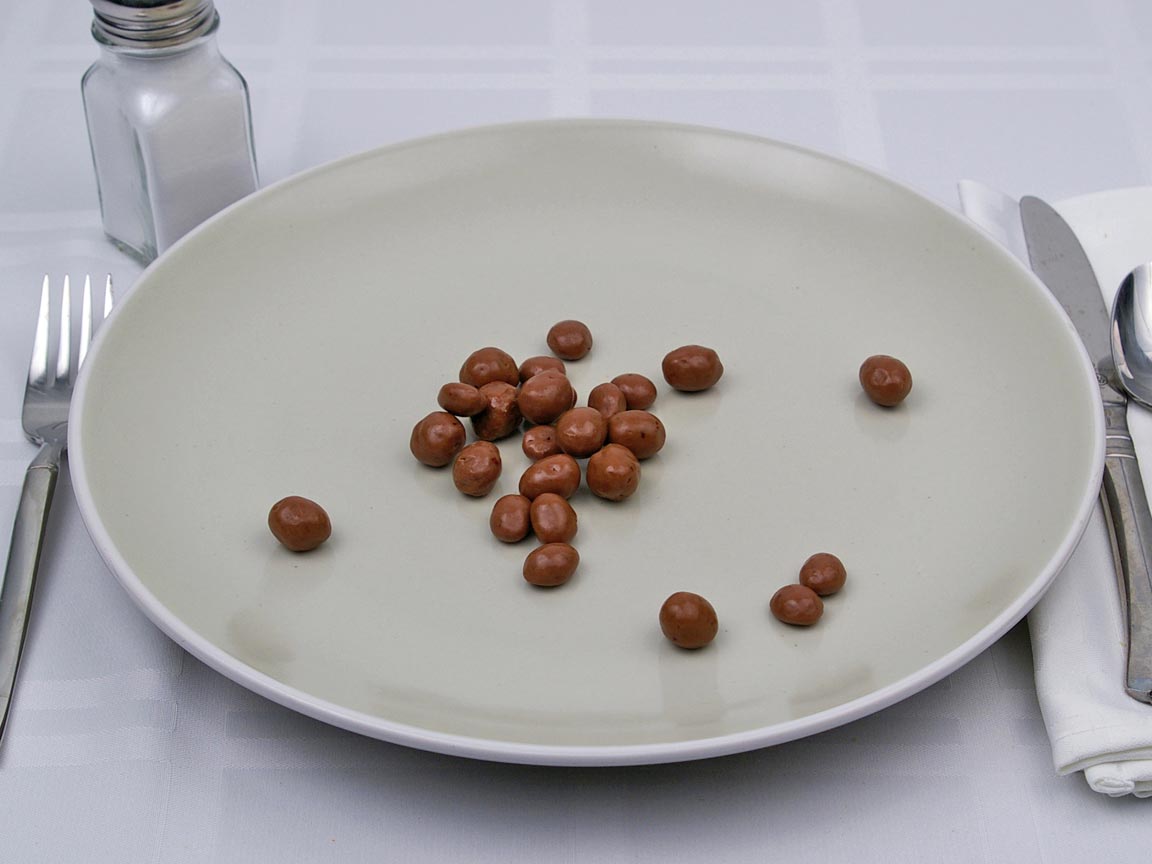
Goobers
(96% similar)
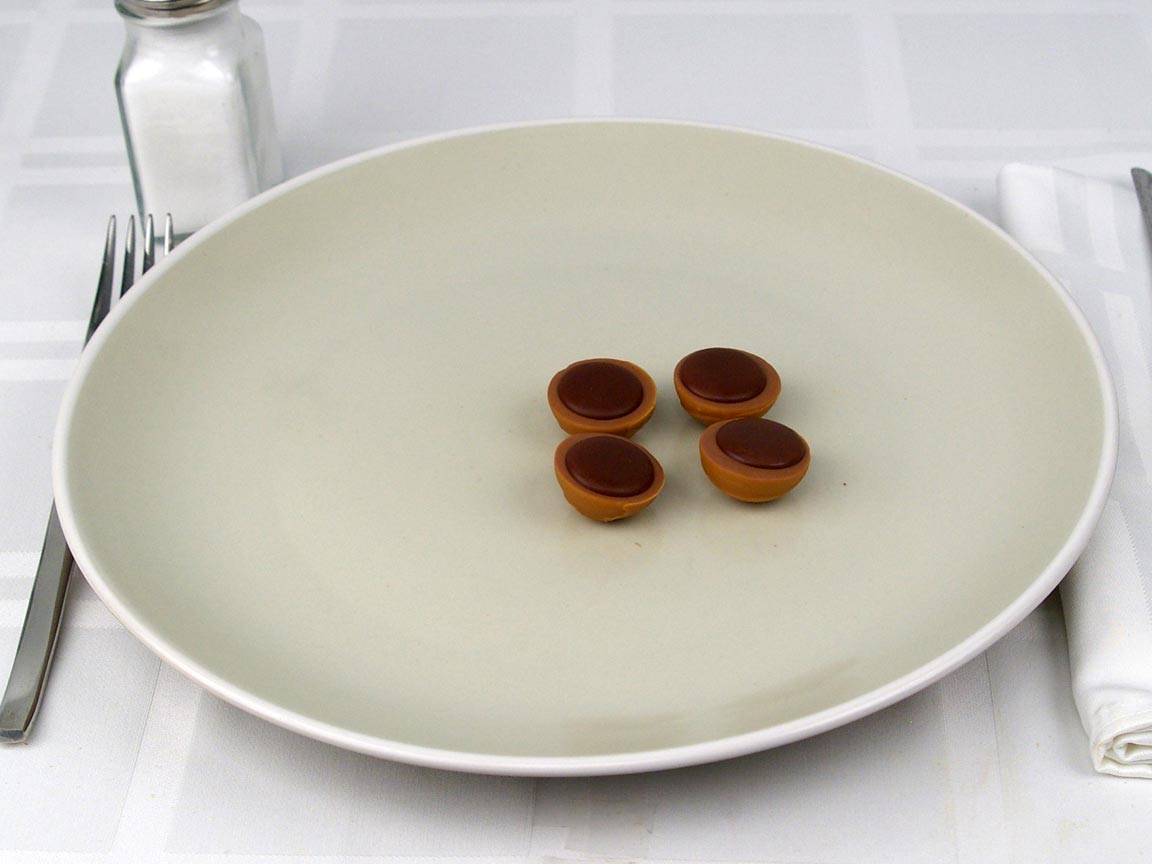
Toffifay Candy
(96% similar)

Snickers Almond Butter
(96% similar)
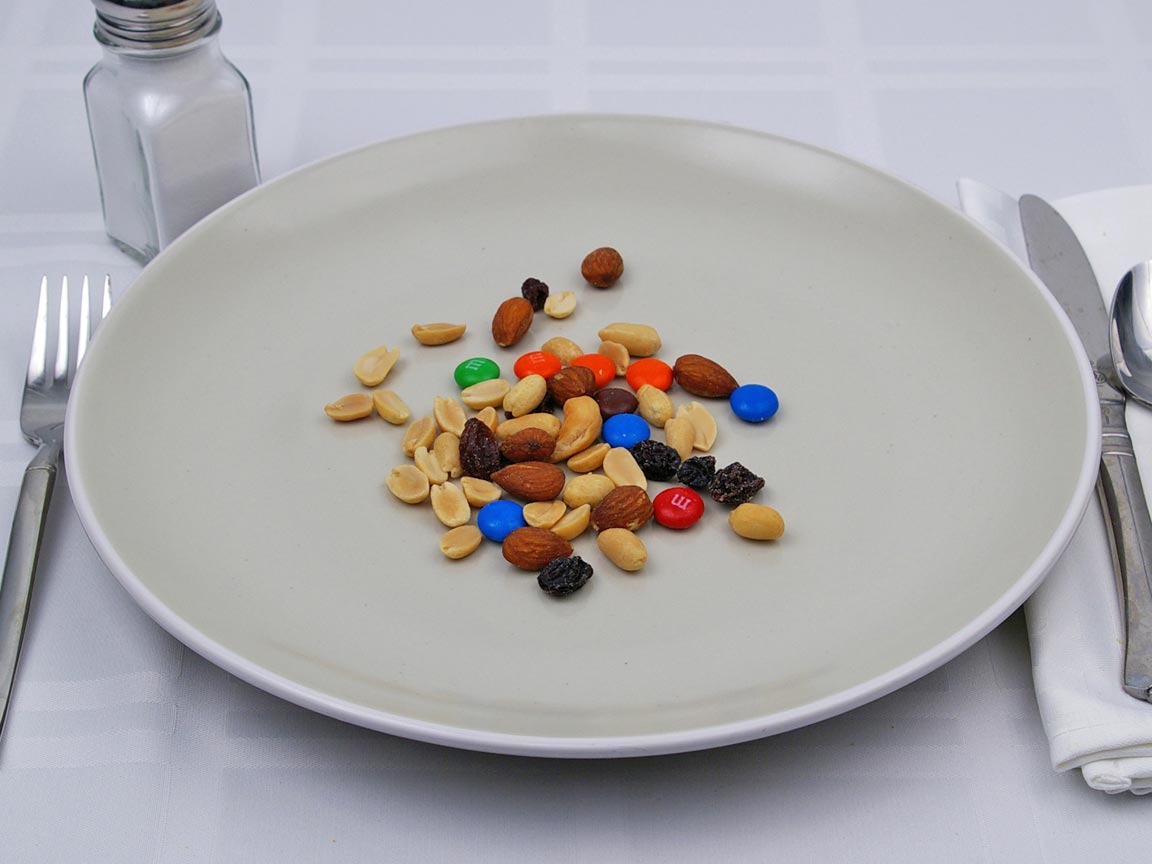
Monster - Trail Mix
(96% similar)
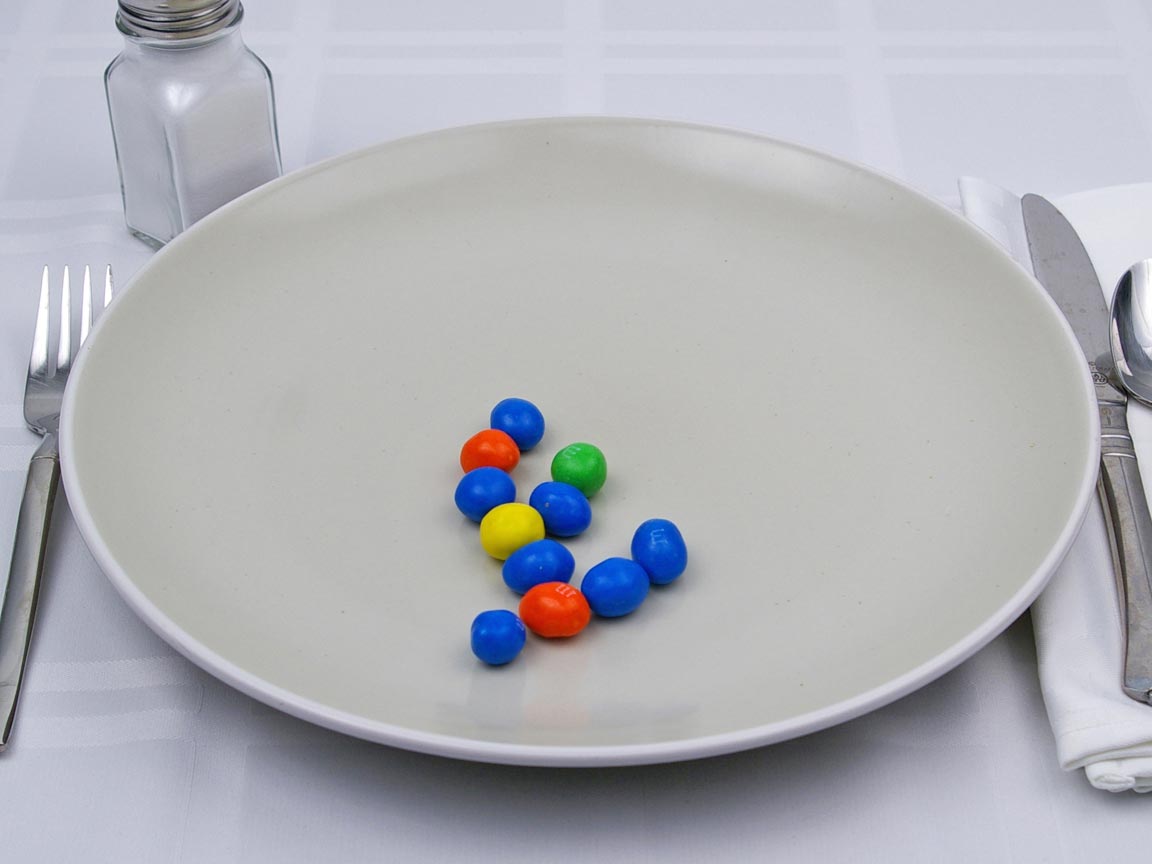
M & M's Peanut
(96% similar)
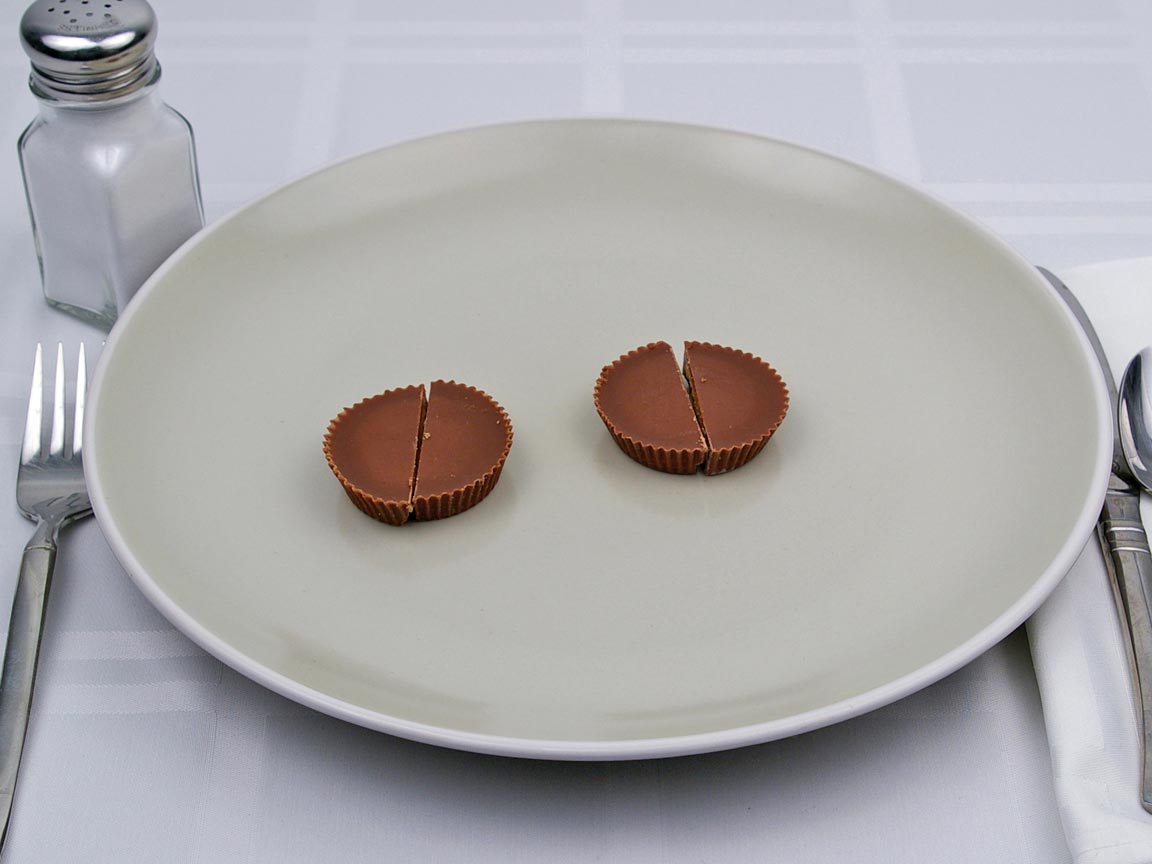
Reese's Peanut Butter Cup
Serving Size 5 scoop (about 44 g)
| Amount Per Serving | ||
|---|---|---|
| Calories 220 | Calories from Fat 109 | |
| % Daily Value* | ||
|
Total Fat
12 |
18 |
|
|
Saturated Fat
3 |
15 |
|
|
Trans Fat
0 |
||
|
Cholesterol
0 |
0 |
|
|
Sodium
98 |
4 |
|
|
Total Carbohydrate
23 |
8 |
|
|
Dietary Fiber
0 |
0 |
|
|
Sugars
23 |
||
|
Protein
5 |
||
* Percent Daily Values are based on a 2,000 calorie diet. Your daily values may be higher or lower depending on your calorie needs.
Available portions
Food analysis
High Sodium
Junk Food
High In Sugar
Bad Fat Source
High Calorie Density
There is 220 calories in 44 grams of Infant formula,.
With 512 calories per 100 grams, this food would be considered a High calorie density food.
Be carefull, High calorie density food tends to add up calories quickly and you should be carefull with your portion size if you are trying to lose weight.
Infant formula, is High in carbohydrates, Low in proteins and High in fats. You can look at the macronutrients graph below for a detailed ratio.
This item has High quantity of carbohydrates and fats. This combinasion is usually indicating that you should stay away from this food labeled as "Junk Food".
With 53 grams of "Net carbohydrates" per 100 grams,
it not safe to consume if you are following a Keto or Ketosis diet.
Related Searches
reconstituted
not
powder
iron
with
similac
nutrition
abbott
formula
infant
isomil
Macronutrients split
41.4% Carbohydrates
49.2% Fats
Nutrients and how much we eat of it play an important role on our health and body composition. To learn more on theses, check our blog posts on Proteins, Carbohydrates and Fats.